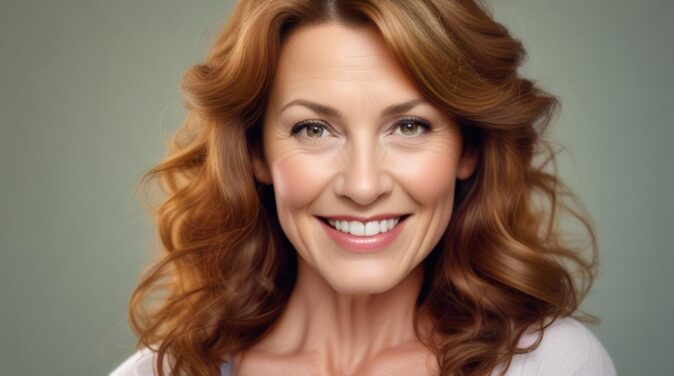Why Are There No Attractive Men in Your Area

- Meeting Men, Meeting Men, Online Dating
We’ve spent some time talking about sexual market value.
The conversation tends to ruffle feathers for a number of reasons but mostly because we don’t like what the data reveals – even though the data reveals something that any honest observer would be able to point out without any data.
Men find 20-year-old women most attractive.
Women think 80% of men are unattractive.
That brings us to today’s article in Quillete – one of my recent go-to reads, despite its conservative bent: Attraction Inequality and the Dating Economy.
The piece is too long by half and devolves into some evo-psych, conservative, religious bullshit by the very end. But the first part verifies what I see every day.
- Men complain that most women find them unattractive.
- Women complain that no men are attractive.
Yet, somehow, many of women want to deny this. It’s a bad look to reject 80% of men out of hand, so there’s always a lot of rationalization and whataboutism.
“I’ve been rejected by men, too!”
“You haven’t seen all the guys I’ve gone out with. I give a chance to all sorts of men.”
“But most men ARE unattractive. I can’t force myself to like a guy!”
No, you can’t. But if you want to know why you hear a lot of angry men, this is why:
80% of them are physically repulsive and another 80% of them aren’t smart enough and don’t make enough money, which leaves a small dating pool for women.
Maybe we can agree on this: women, in general, are objectively more attractive than men.
Maybe we can agree on this: women, in general, are objectively more attractive than men.
Either way, the above article introduces the Gini coefficent:
“The Gini coefficient is a number between zero and one that represents the degree of income inequality in any given nation or group. An egalitarian group in which each individual has the same income would have a Gini coefficient of zero, while an unequal group in which one individual had all the income and the rest had none would have a Gini coefficient close to one.”
Some enterprising data nerds have taken on the challenge of estimating Gini coefficients for the dating “economy.” Among heterosexuals, this actually means calculating two Gini coefficients: one for men, and one for women…If women all find every man equally attractive, the male dating economy will have a Gini coefficient of zero. If men all find the same one woman attractive and consider all other women unattractive, the female dating economy will have a Gini coefficient close to one.
But while the situation for women is something like an economy with some poor, some middle class, and some millionaires, the situation for men is closer to a world with a small number of super-billionaires surrounded by huge masses who possess almost nothing. According to the Hinge analyst:
On a list of 149 countries’ Gini indices provided by the CIA World Factbook, this would place the female dating economy as 75th most unequal (average—think Western Europe) and the male dating economy as the 8th most unequal (kleptocracy, apartheid, perpetual civil war—think South Africa).
Quartz reported on this finding, and also cited another article about an experiment with Tinder that claimed that that “the bottom 80% of men (in terms of attractiveness) are competing for the bottom 22% of women and the top 78% of women are competing for the top 20% of men.” These studies examined “likes” and “swipes” on Hinge and Tinder, respectively, which are required if there is to be any contact (via messages) between prospective matches.
Tinder’s Gini coefficient is 0.58, meaning “it has higher inequality than 95% [of] the world’s national economies”
That sounds about right to me. Men swipe right on everyone remotely attractive, just to see who replies. Women are far more selective, swiping back on less than 30% of men and wondering where all the men are. I don’t blame them, and neither does the author:
“There are no villains in this story. Nobody can or should be blamed for his or her honest preferences, and if women collectively believe that most men are unattractive, what grounds does anyone, male or female, have to argue with them? We may pity the large majority of men who are regarded as unattractive and who have few or no romantic experiences while a small percentage of attractive men have many. Just as much, consider that we live in a monogamous culture, and so the 20 percent of men who are regarded as attractive can only be in committed relationships with at most 20 percent of women.”
And that, my friends, is how I’ve had a job for sixteen years.
My clients want to date the Top 20% and it’s my job to help them find him – and maybe even expand her search into, say, the Top 30%. 🙂
Your thoughts, below, are greatly appreciated.








Comments